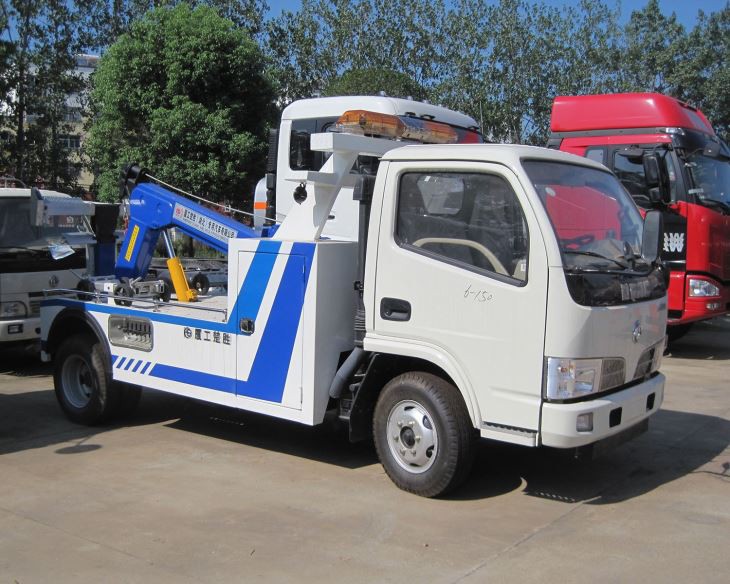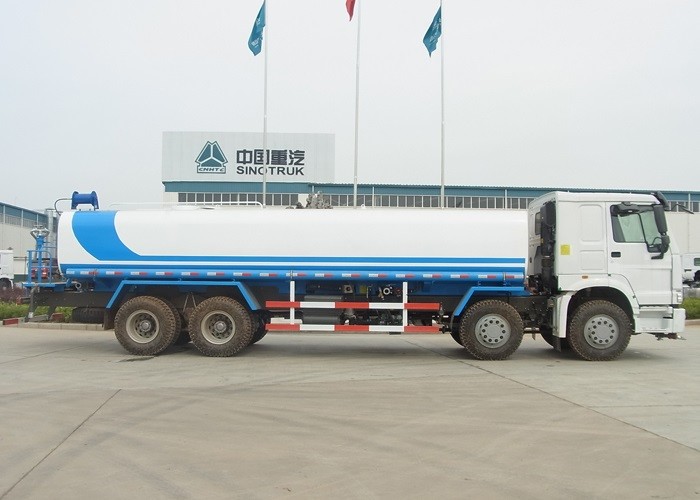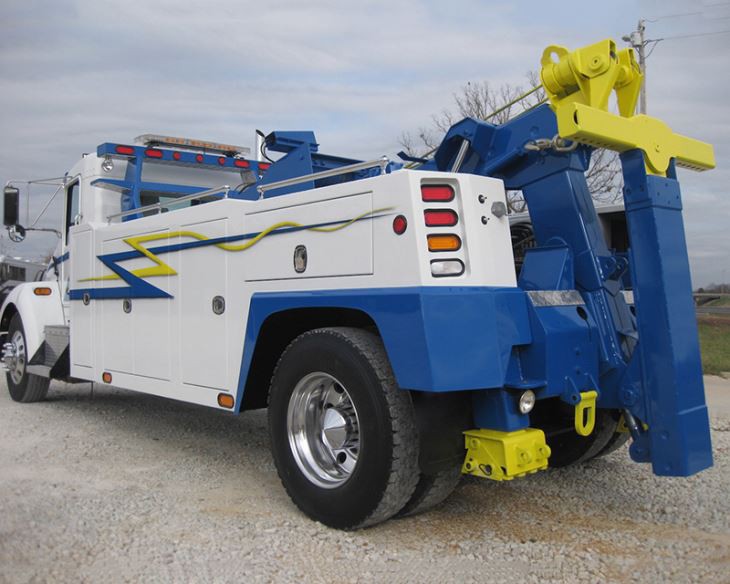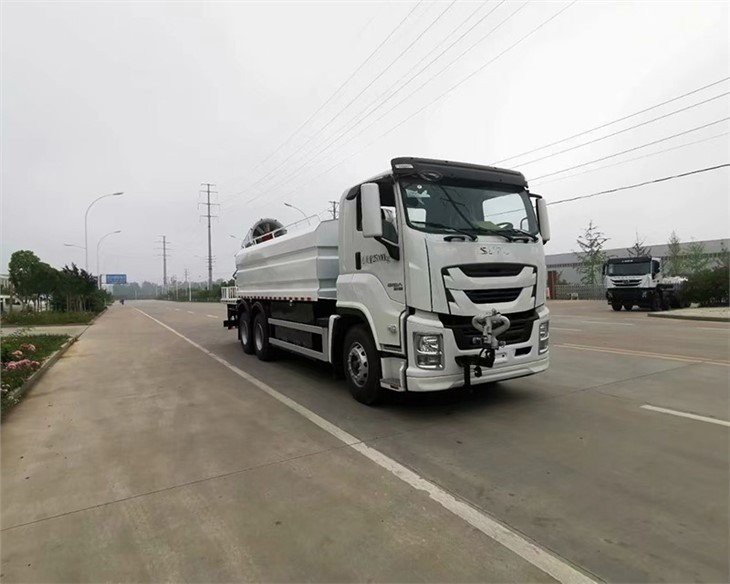Introduction
Recreational vehicles (RVs) offer a unique opportunity for travel and adventure, providing the comfort of home while on the road. However, the excitement of owning an RV comes alongside financial considerations, particularly RV monthly payments. In this comprehensive guide, we will explore what factors influence RV financing, how to calculate your monthly payments, tips for finding the best deals, and practical examples to guide your decisions. Whether you are a first-time buyer or looking to upgrade, understanding RV monthly payments is essential for making a sound investment.
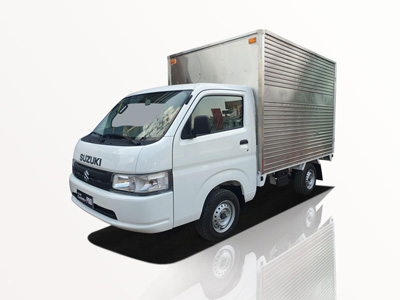
What is an RV Monthly Payment?
The RV monthly payment is the amount you will pay each month to finance your RV. This payment is determined by several factors, including the total price of the RV, interest rates, loan terms, and your down payment. Understanding these components is crucial for budgeting your monthly expenses and ensuring that your RV fits within your financial plan.
The Importance of Monthly Payments
Monthly payments are a key consideration when budgeting for an RV. They help you determine how much you can afford and ensure that you do not overspend on your RV purchase. A clear understanding of your monthly financial obligations allows you to enjoy your RV without the stress of unforeseen financial burdens.
Factors Influencing RV Monthly Payments
1. RV Purchase Price
The purchase price is the most significant factor affecting your monthly payment. Higher-priced RVs will lead to higher monthly payments, while less expensive models will be more affordable. Understanding the range of prices available within your budget is crucial to making informed decisions.
2. Loan Term
The loan term refers to the length of time you have to pay back the loan. Common loan terms for RVs range from 5 to 20 years. While longer terms lead to lower monthly payments, they often result in higher amounts paid in interest over the life of the loan.
3. Interest Rates
Interest rates vary widely based on credit scores, lenders, and market conditions. A lower interest rate helps to decrease the overall cost of your RV while keeping monthly payments manageable. Working towards a good credit score can help secure better financing options.
4. Down Payment
A down payment is the initial amount you pay towards the total RV price, and it significantly influences your monthly payment. A larger down payment reduces the total amount financed, which helps lower monthly payments. Aim for at least 10-20% of the RV purchase price as your down payment if possible.
5. Trade-In Value
If you are trading in an old RV or vehicle, its value can be applied to your new RV purchase. This can also decrease the total amount financed, thereby lowering your monthly payments.
Table: How Different Factors Affect Monthly Payments
| Factor | Monthly Payment Impact |
|---|---|
| Purchase Price | Higher price = Higher payment |
| Loan Term | Longer term = Lower payment |
| Interest Rate | Lower rate = Lower payment |
| Down Payment | Higher down payment = Lower payment |
| Trade-In Value | Higher trade-in = Lower payment |
Calculating Your RV Monthly Payments
To accurately calculate your RV monthly payments, you can use the following formula:
Monthly Payment = [Loan Amount x Monthly Interest Rate] / [1 – (1 + Monthly Interest Rate)^-Number of Payments]
Where:
- Loan Amount: The total price of the RV minus any down payment or trade-in value.
- Monthly Interest Rate: Annual interest rate divided by 12 months.
- Number of Payments: Total number of monthly payments for the duration of the loan term.
Example Calculation
Let’s assume you are purchasing an RV for $50,000, with a down payment of $10,000. You choose a loan term of 10 years (120 months) at an interest rate of 5%.
- Loan Amount: $50,000 – $10,000 = $40,000
- Monthly Interest Rate: 5% / 12 = 0.004167
- Number of Payments: 10 years x 12 = 120 months
Now, plug in the numbers:
Monthly Payment = [$40,000 x 0.004167] / [1 – (1 + 0.004167)^-120]
Calculating this gives you an approximate monthly payment of $424.94.
Finding the Best RV Financing Options
1. Credit Unions vs. Banks
When shopping for RV loans, consider various lending institutions. Credit unions often offer better rates and terms compared to traditional banks. Look for institutions specializing in recreational vehicle financing for tailored options.
2. Online Lenders
Online lenders can provide competitive rates and quick pre-approval processes. Compare quotes from different online lenders to find the best deal.
3. Manufacturer Financing
Many RV manufacturers offer in-house financing for their products. Check for promotional rates or deals that apply when purchasing from them directly.
Table: Financing Options Comparison
| Lender Type | Pros | Cons |
|---|---|---|
| Credit Unions | Lower rates, personalized service | May require membership |
| Banks | Established reliability | Potentially higher rates |
| Online Lenders | Convenience, fast approval | Variable customer service experiences |
| Manufacturer Financing | Promotions and deals | Limited to specific models |
Tips to Lower Your RV Monthly Payments
1. Increase Your Down Payment
The simplest way to reduce monthly payments is to make a larger down payment. This reduces the loan amount and can sometimes even earn you better financing rates.
2. Shop for the Best Interest Rates
Explore multiple lenders and compare interest rates. Even a small difference in the rate can significantly affect your monthly payments.
3. Negotiate the Purchase Price
Before finalizing your RV purchase, don’t hesitate to negotiate the price. A lower price will directly lead to lower financing amounts.
4. Opt for a Shorter Loan Term
A shorter loan term can mean higher monthly payments, but it also reduces the total interest paid in the long run. Evaluate your ability to handle higher payments versus the benefits of lower overall costs.
5. Maintain a Good Credit Score
Improving your credit score may help you qualify for lower interest rates. Pay off existing debts, make timely payments, and keep credit inquiries to a minimum.
Understanding RV Insurance Costs
In addition to monthly payments, you should also consider the cost of RV insurance, which can be a significant expense. Insurance premiums vary depending on factors like the value of the RV, your driving history, and the coverage you choose. It is crucial to factor insurance costs into your overall budget when planning for RV ownership.
Frequently Asked Questions
1. How can I finance an RV with bad credit?
If you have bad credit, consider working with credit unions and specialized lenders. They may offer financing options tailored for those with lower credit scores, but be prepared for higher interest rates.
2. Are there any special programs for first-time RV buyers?
Some lenders and manufacturers offer incentives for first-time buyers. Look for first-time buyer programs which may include lower interest rates or favorable loan terms.
3. Can I refinance my RV loan later on?
Yes, refinancing is an option if you want to lower your monthly payments or take advantage of better interest rates. Be sure to review any fees associated with refinancing before proceeding.
4. What other expenses should I budget for when owning an RV?
In addition to monthly payments, consider insurance, maintenance, storage, fuel, and campground fees as part of your RV budget.
5. Is it better to lease or buy an RV?
The choice between leasing and buying depends on your usage and financial situation. Buying offers ownership and the ability to customize, while leasing generally provides lower monthly payments but limits mileage and modifications.
6. Will my RV lose value over time?
Like most vehicles, RVs can depreciate over time. The rate of depreciation varies by make, model, and how well the RV is maintained. Always consider resale value when making a purchase.
